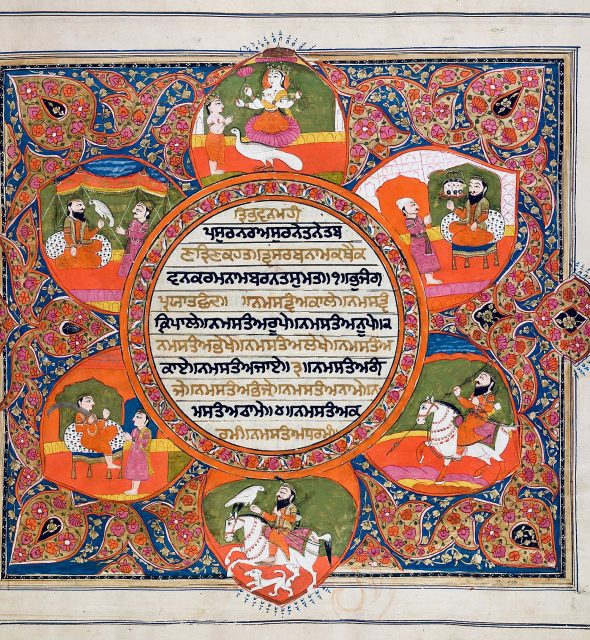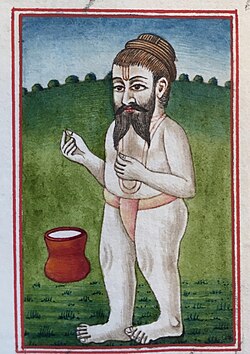
FATEHNAMAH, by Bhai Dyal Singh, is a versified account of the victory (fateh, in Persian) of the Sikhs in the battle fought on Sunday, 22 Baisakh 1854 Bk/30 April 1797, against Shah Zaman`s forces led by one of his generals Ahmad Khan, also called Shahanchi Khan, in which the latter got killed and his forces fled the field. Nothing is known about the poet who, judging from his diction, belonged to the western parts of the Punjab. The poet showers special praise on the Sikh warrior.











